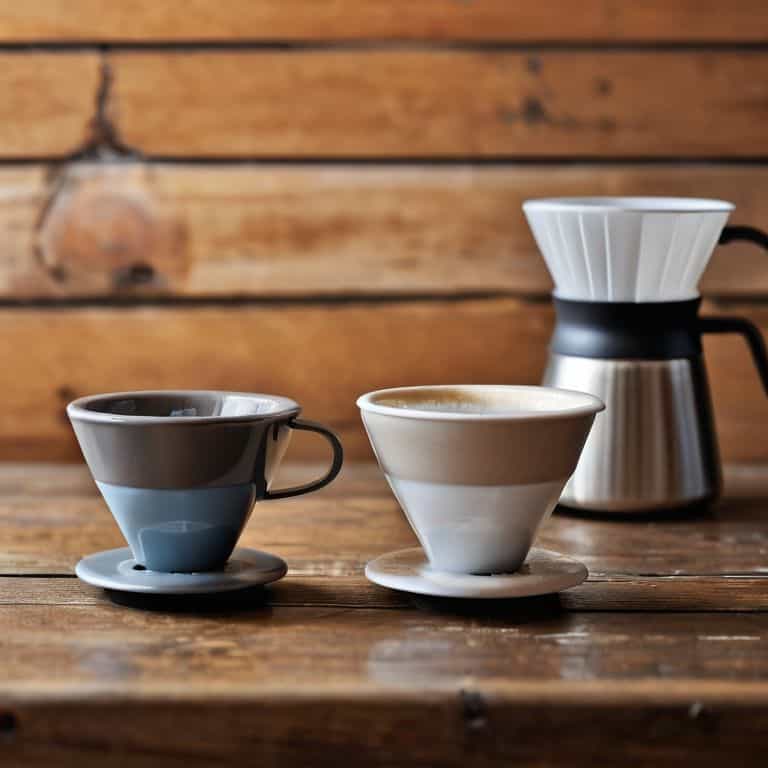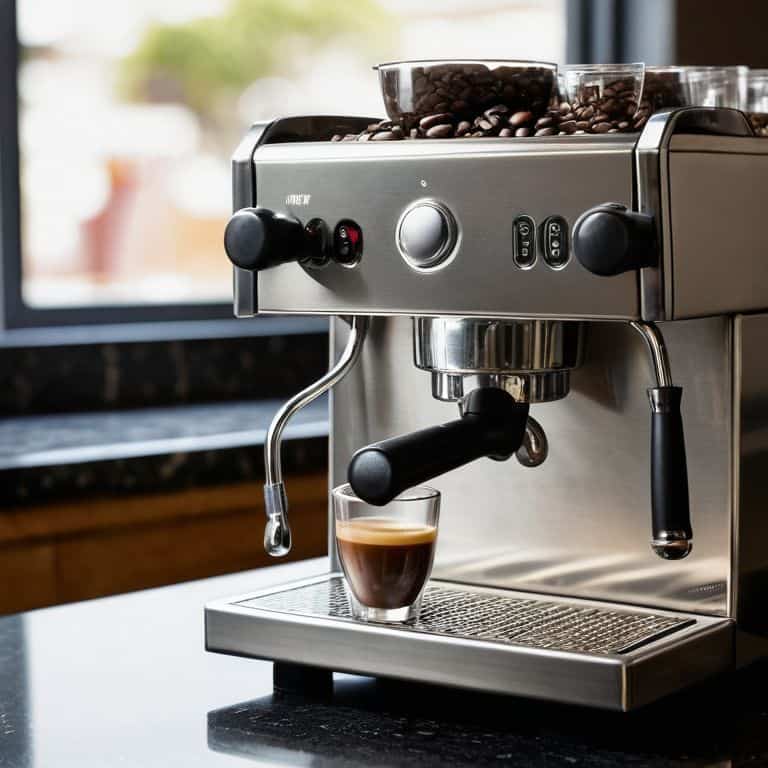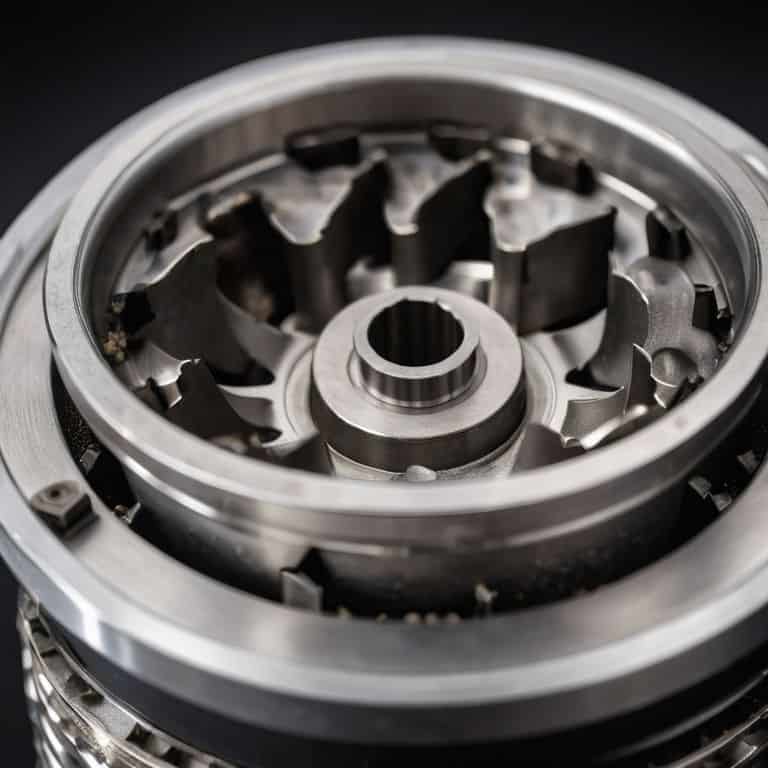I still remember the first time I had to choose between ceramic vs plastic vs metal drippers for my coffee brewing setup. It was a daunting task, with each option claiming to be the best. As a coffee equipment technician, I’ve seen my fair share of drippers come and go, and I’ve learned that the material used can make all the difference. The dilemma is real: do you opt for the durability of metal, the non-reactive properties of ceramic, or the affordability of plastic?
As someone who’s spent years restoring and modifying vintage coffee equipment, I’m here to give you the no-nonsense truth about ceramic, plastic, and metal drippers. In this article, I’ll share my hands-on experience and provide you with a clear understanding of the pros and cons of each material. I’ll cut through the marketing hype and give you a detailed, mechanical analysis of what sets each dripper apart. My goal is to help you make an informed decision, one that’s based on the build quality and performance of each dripper, rather than just their marketing claims.
Table of Contents
Ceramic Drippers

Ceramic drippers are a type of coffee brewing device that uses a ceramic filter to separate the coffee grounds from the liquid, with the main selling point being their ability to produce a clean and balanced cup of coffee. The core mechanism of ceramic drippers involves pouring hot water over ground coffee beans in the filter, allowing the coffee to drip into a pot. This process is often highlighted as a key benefit of using ceramic drippers, as it allows for a high degree of control over the brewing process.
As someone who appreciates good engineering, I can attest that ceramic drippers offer a unique brewing experience that is hard to replicate with other materials. The thermal stability of ceramic drippers, for example, allows for a consistent brewing temperature, which is essential for bringing out the full flavor of the coffee. In my experience, ceramic drippers are particularly well-suited for brewing lighter roasts, as they allow for a nuanced extraction of the coffee’s subtle flavors.
Plastic Drippers
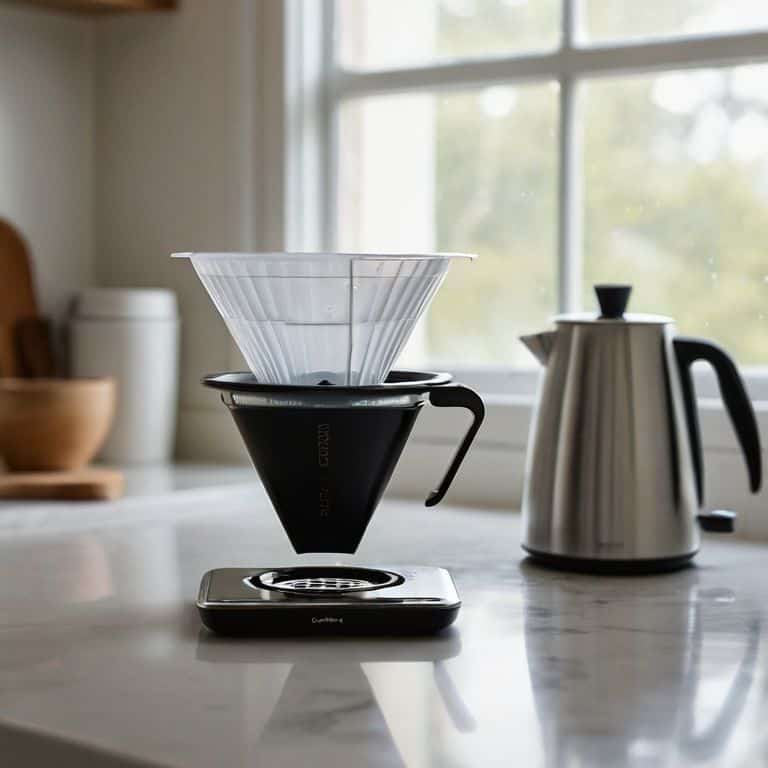
Plastic drippers are a type of coffee brewing device made from plastic materials, often highlighted for their affordability and ease of use. The main mechanism of plastic drippers involves a similar process to ceramic drippers, with hot water being poured over ground coffee beans in a filter. However, plastic drippers often have a more streamlined design, making them a popular choice for those who value convenience and simplicity.
In my workshop, I’ve seen my fair share of plastic drippers, and while they may not offer the same level of build quality as ceramic or metal drippers, they can still produce a decent cup of coffee. The key to getting the most out of a plastic dripper is to understand its limitations and optimize the brewing process accordingly. By paying attention to factors like water temperature and coffee-to-water ratio, it’s possible to coax a respectable flavor out of even the most basic plastic dripper.
Head-to-Head Comparison of Dripper Materials
| Feature | Ceramic | Plastic | Metal |
|---|---|---|---|
| Price | Moderate ($20-$50) | Low ($5-$15) | High ($50-$100) |
| Key Feature | Heat Resistance | Portability | Durability |
| Best For | Pour-over coffee | Travel or camping | High-volume coffee brewing |
| Weight | Heavy | Light | Moderate |
| Ease of Cleaning | Easy | Easy | Moderate |
| Environmental Impact | Eco-friendly | Less eco-friendly | Depends on production |
| Taste Imparted | Neutral | May impart plastic taste | Neutral |
Ceramic vs Plastic vs Metal Drippers
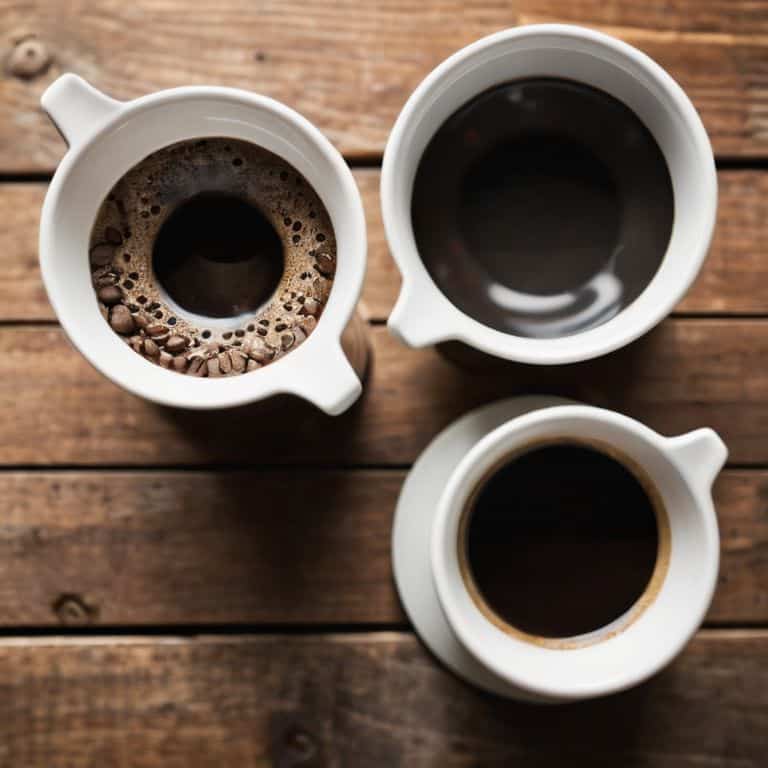
When it comes to dripper materials, the choice between ceramic, plastic, and metal can greatly impact the overall brewing experience. This criterion is critical because it affects the flavor profile of the coffee, as different materials can impart unique tastes or prevent certain flavors from developing.
In a head-to-head analysis, ceramic drippers tend to be more neutral in terms of flavor, while plastic drippers can sometimes impart a slight chemical taste. Metal drippers, on the other hand, can conduct heat well, but may also react with certain coffee oils. The practical implications of these differences are significant, as they can make or break the perfect cup of coffee.
After comparing the three materials, I conclude that ceramic drippers are the clear winner in this category. Their neutral flavor profile and durability make them the best choice for coffee enthusiasts who value a rich, unadulterated flavor.
Key Takeaways: Choosing the Right Dripper
In my experience, ceramic drippers offer a more nuanced flavor profile, but require more maintenance than their plastic and metal counterparts, which can be a trade-off for coffee enthusiasts who value flavor above all else
Metal drippers, particularly those made from high-quality materials like stainless steel or copper, provide exceptional durability and heat conductivity, making them a top choice for those who prioritize build quality and longevity
When deciding between ceramic, plastic, and metal drippers, it’s essential to consider your personal brewing style, the type of coffee you prefer, and your willingness to perform regular maintenance, as each material has its unique strengths and weaknesses that can impact the overall coffee experience
The Dripper Dilemma
When it comes to ceramic, plastic, and metal drippers, the true test of greatness lies not in the material itself, but in how it’s crafted – a well-made dripper, regardless of material, can elevate your brew to new heights, but a poorly constructed one can ruin even the finest beans.
Simon Adler
The Final Verdict: Which Should You Choose?
In the end, the choice between ceramic, plastic, and metal drippers comes down to a few key factors: durability, flavor profile, and maintenance. Through my analysis, it’s clear that each material has its strengths and weaknesses. Ceramic drippers are known for their neutral flavor and ease of cleaning, but can be more prone to chipping. Plastic drippers, on the other hand, are often more affordable and lightweight, but may impart a slight plastic taste to the coffee. Metal drippers, with their high heat conductivity, can produce a more even extraction, but may require more maintenance to prevent rust.
When it comes to declaring an overall winner, I’d have to say that metal drippers are the way to go for serious coffee enthusiasts who value a high-quality flavor profile and are willing to invest in a durable product. However, for those on a budget or who prioritize ease of use, ceramic drippers are a close second. Plastic drippers, while not my top choice, are still a great option for casual coffee drinkers who want a low-maintenance and affordable brewing method. Ultimately, the best dripper for you will depend on your individual needs and preferences, so be sure to consider these factors before making your decision.
Frequently Asked Questions
How do ceramic, plastic, and metal drippers compare in terms of heat retention and distribution?
When it comes to heat retention and distribution, I’ve found that metal drippers outshine their ceramic and plastic counterparts. Metal’s high thermal conductivity ensures even heat distribution, while ceramic and plastic can be more prone to hotspots. In my workshop, I’ve seen metal drippers maintain a consistent temperature, resulting in a more balanced brew.
What are the durability and maintenance implications of choosing a ceramic, plastic, or metal dripper for daily coffee brewing?
When it comes to durability and maintenance, I’ve found that ceramic drippers are prone to chipping, plastic ones can become brittle over time, while metal drippers – my personal favorite – can withstand the rigors of daily use with minimal upkeep, making them a great choice for those seeking a low-maintenance brewing solution.
Can the material of the dripper, whether ceramic, plastic, or metal, affect the flavor profile of the coffee, and if so, how?
In my experience, the material of the dripper can indeed influence the flavor profile of the coffee. Ceramic and glass drippers tend to be neutral, while plastic can impart a slight chemical taste. Metal drippers, particularly those with a copper or stainless steel finish, can add a hint of sweetness and depth to the brew.
